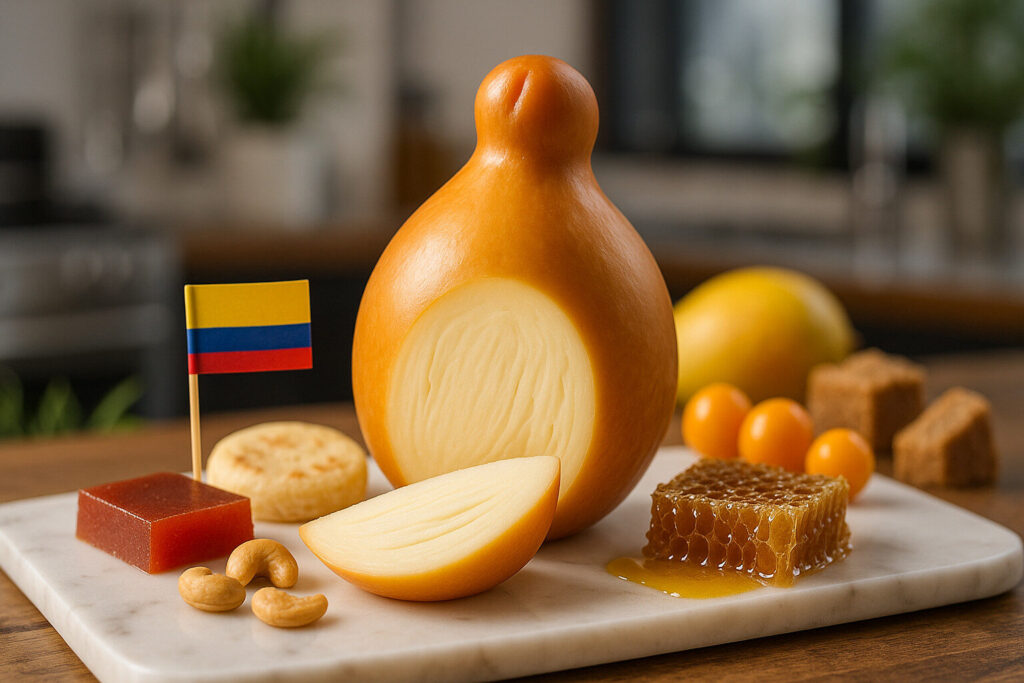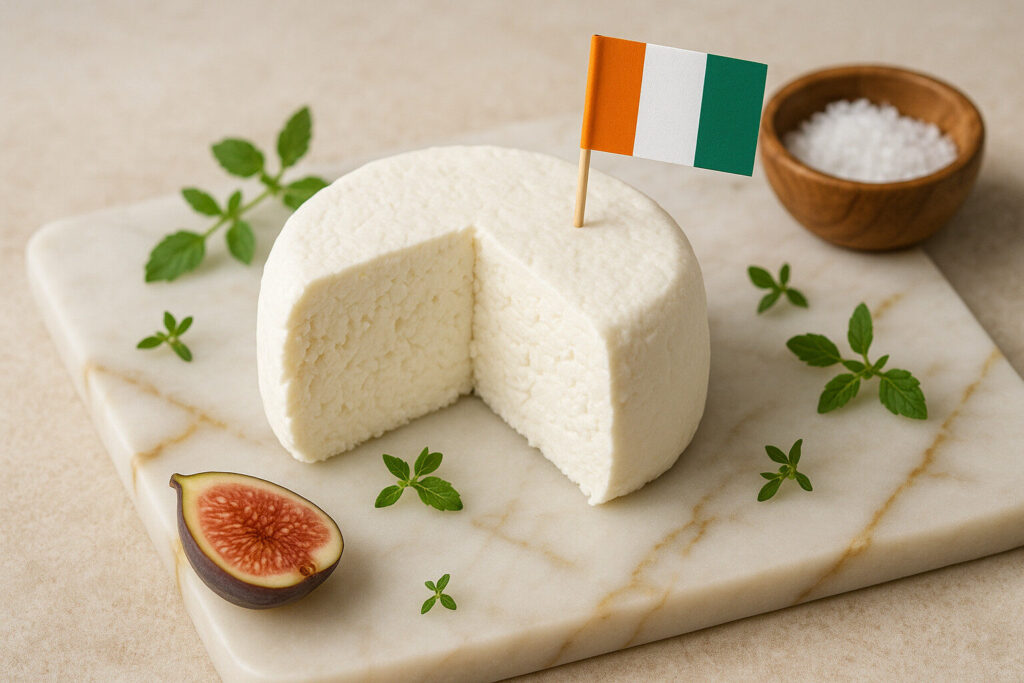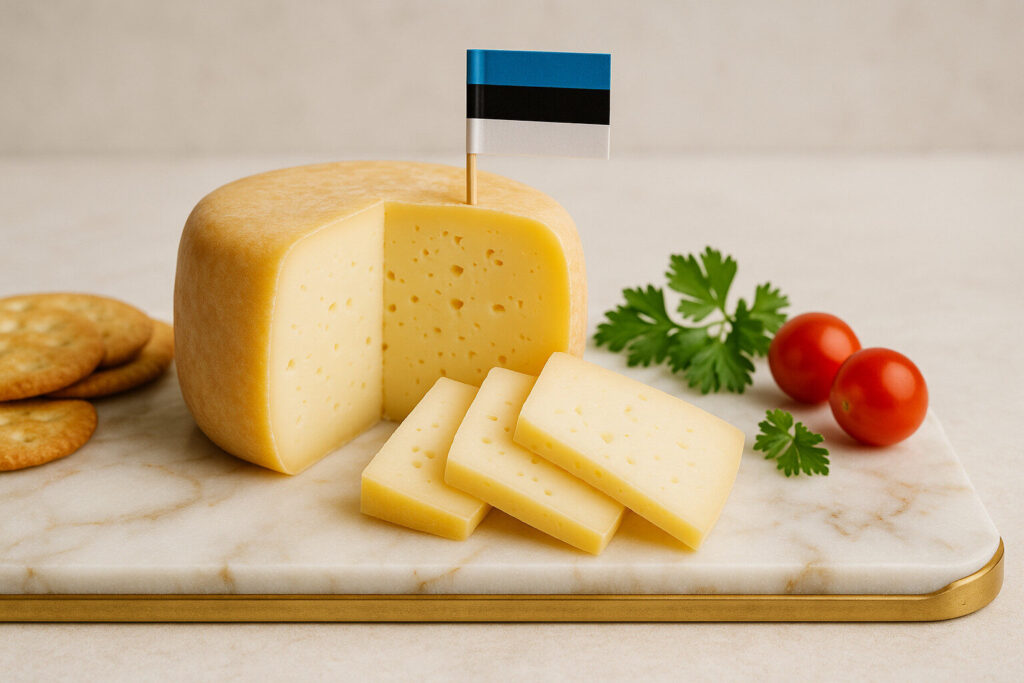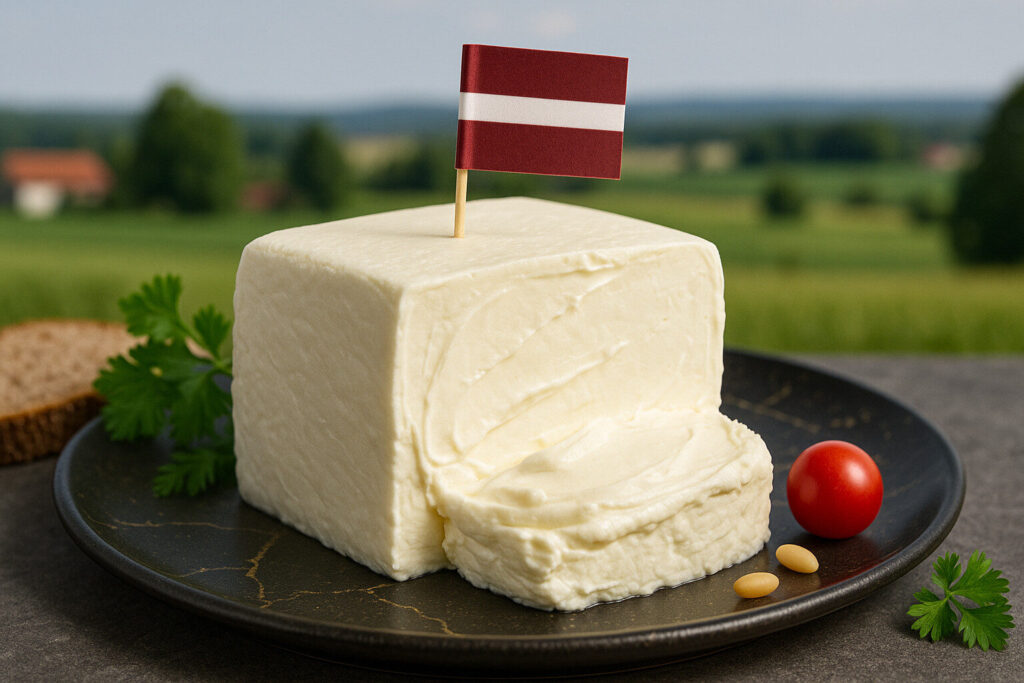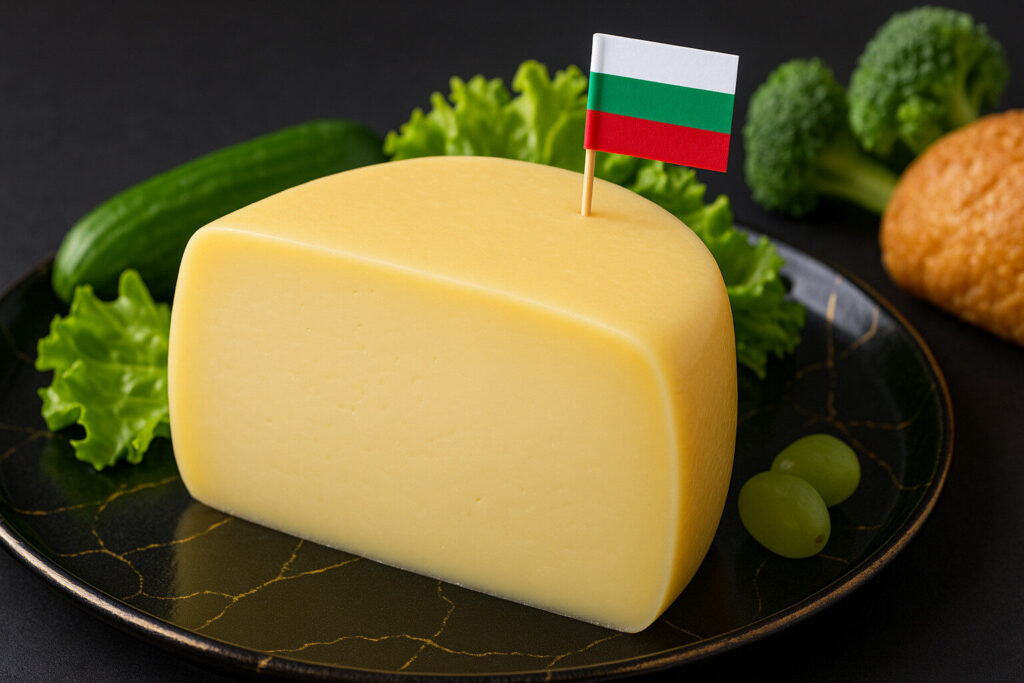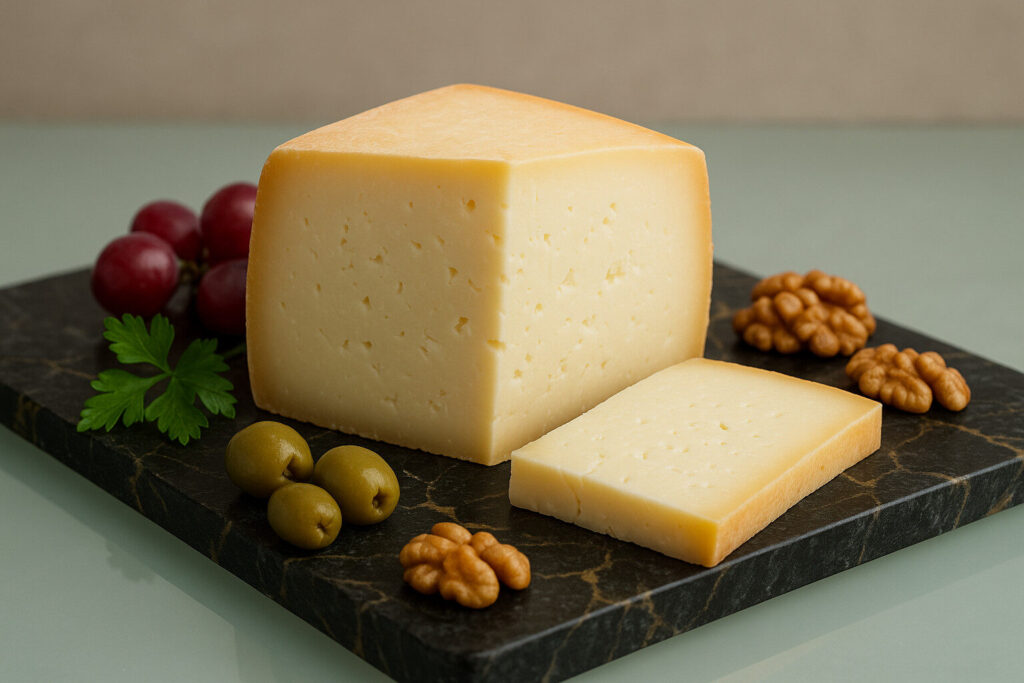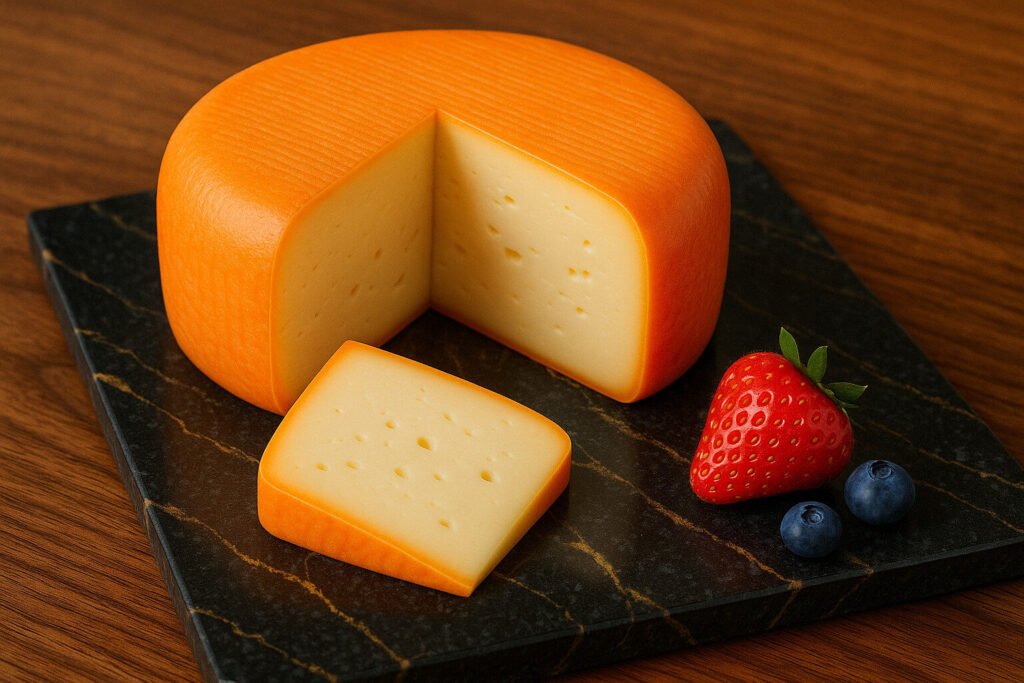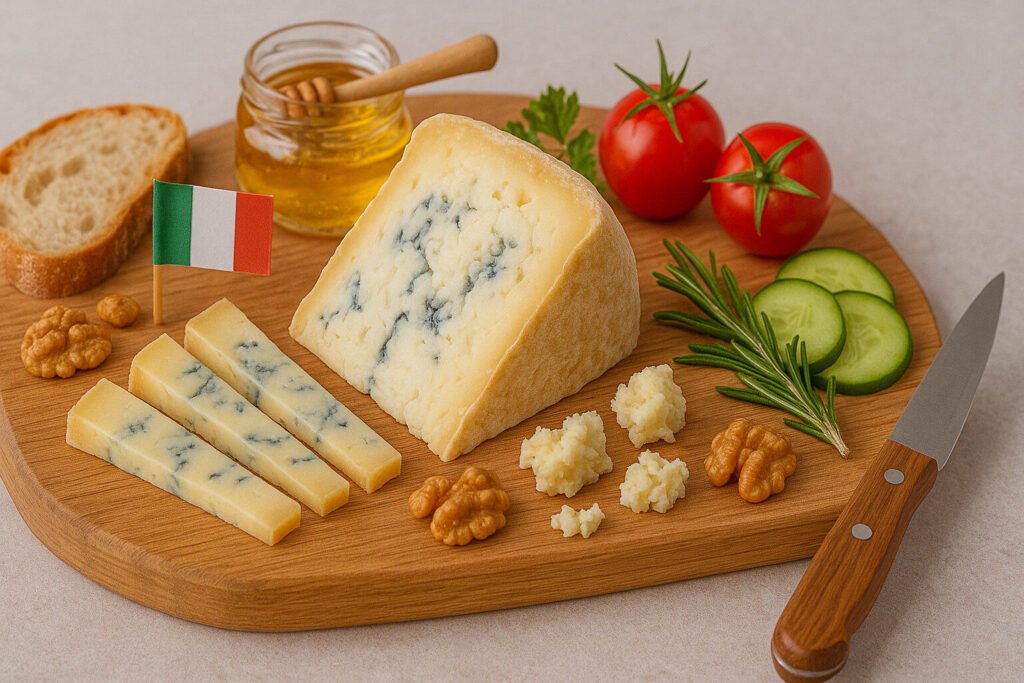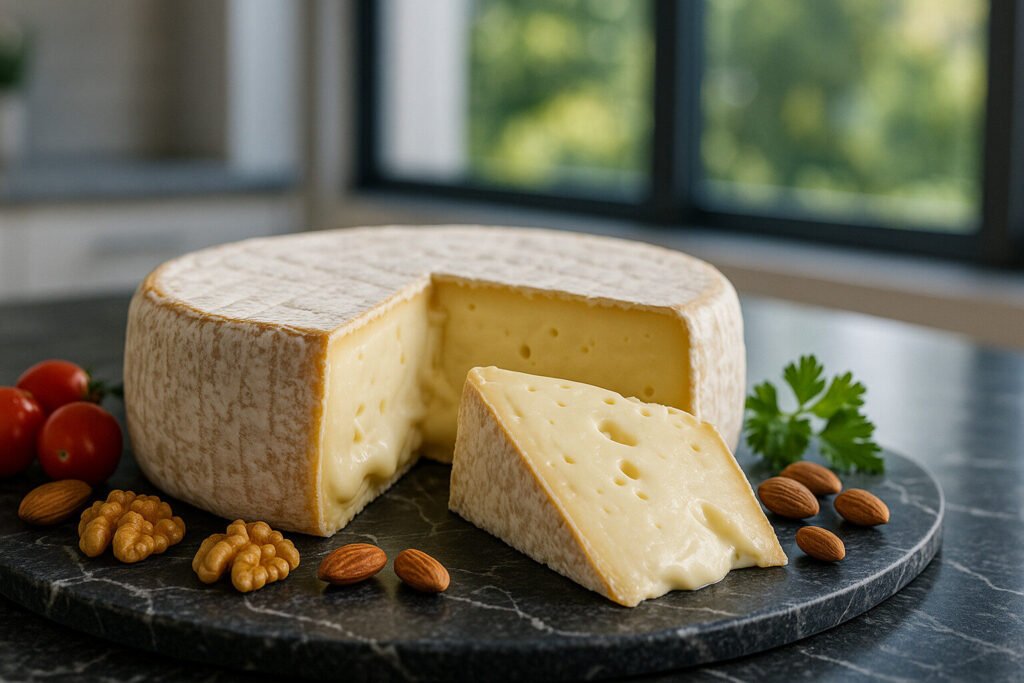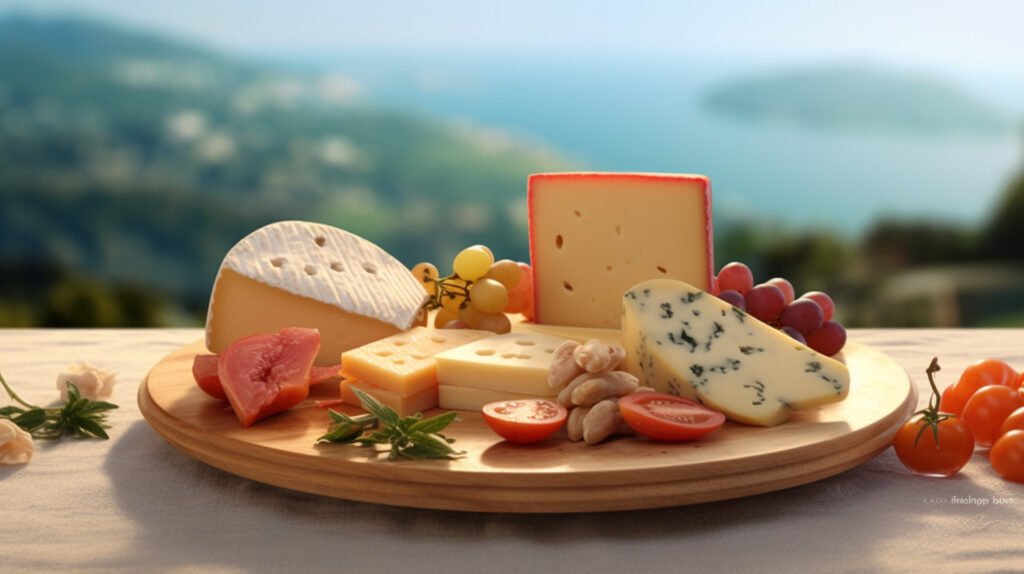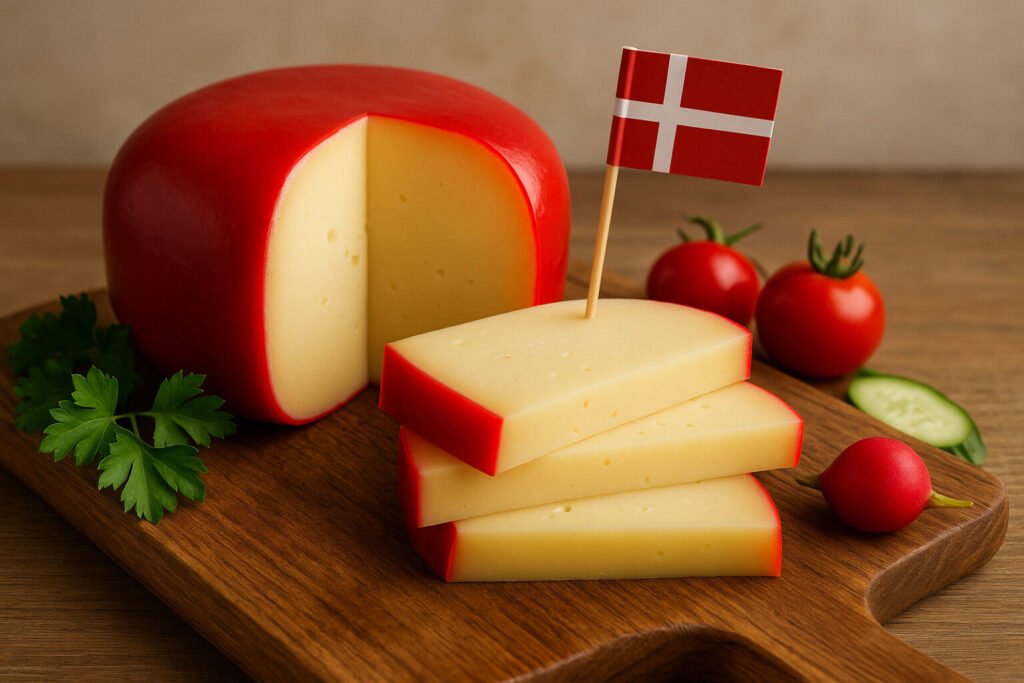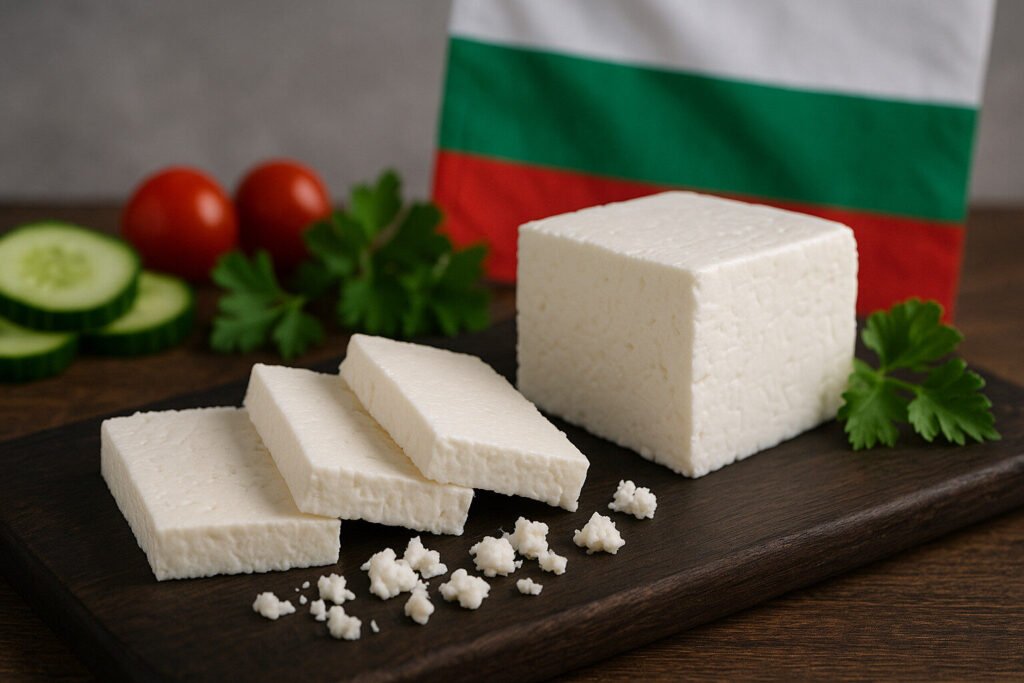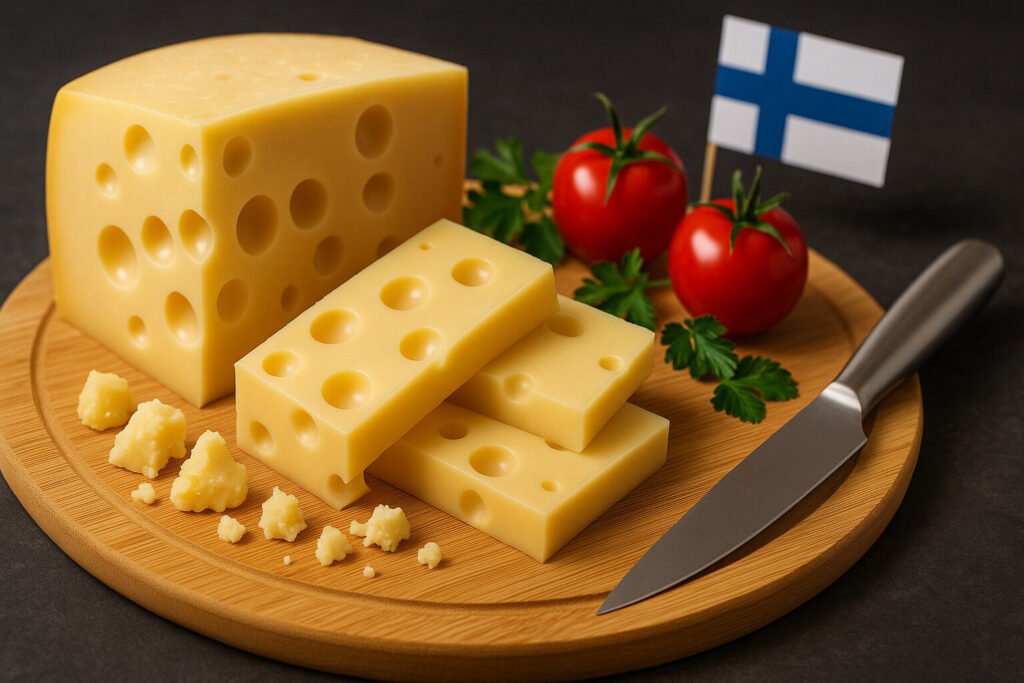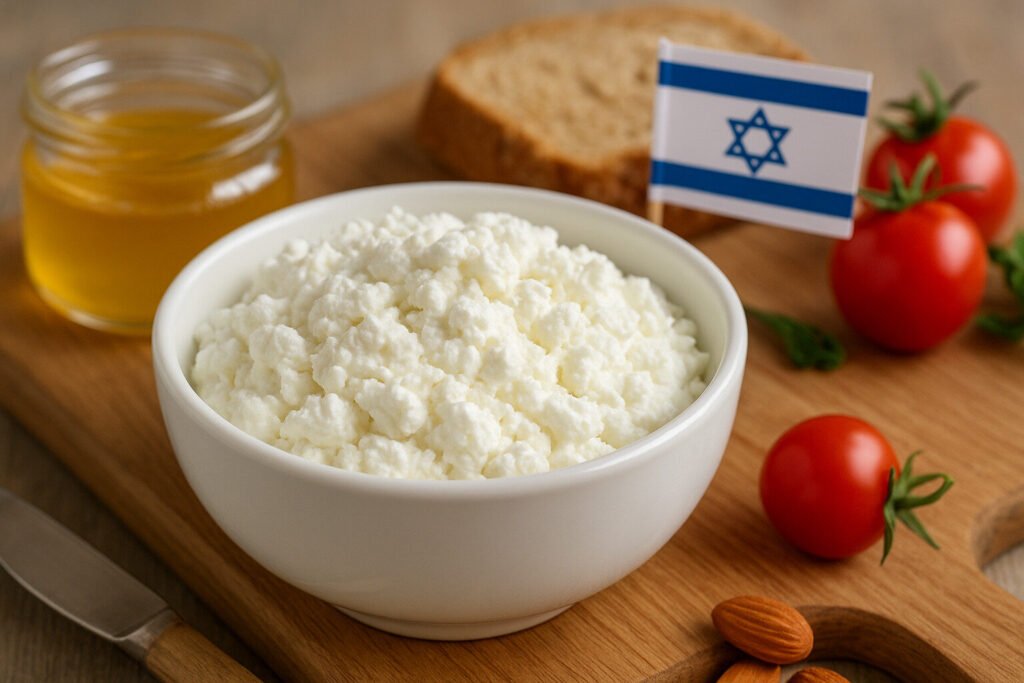Versatile Pairing Cheese
Definition and Scope
Versatile pairing refers to cheeses that complement a wide range of foods and beverages without overpowering them. These cheeses typically possess balanced flavor profiles and adaptable textures. Their moderate intensity allows them to harmonize with diverse ingredients.
This category includes semi-soft to semi-hard cheeses with mild to medium complexity. Examples often feature nutty, buttery, or milky notes rather than extreme pungency or sharpness. Their structural integrity supports various serving methods from slicing to melting.
Production Characteristics
Versatile pairing cheeses frequently undergo controlled aging periods between two and six months. This development creates sufficient flavor depth while maintaining approachability. Many originate from pasteurized milk for consistent microbial profiles.
Production techniques emphasize balanced moisture content and pH levels. Cheesemakers often use mesophilic cultures that produce subtle aromatic compounds. The resulting cheeses demonstrate reliable performance across temperature variations and preparation methods.
Sensory Profile
These cheeses present clean, rounded flavors with minimal bitterness or excessive saltiness. Aroma notes range from fresh cream to toasted nuts with occasional faint earthy undertones. The texture typically offers slight springiness without being rubbery or crumbly.
Mouthfeel characteristics include smooth dissolution and pleasant milkfat coating. Flavor development remains linear rather than explosive, with lingering notes that cleanse the palate. This makes them excellent intermediaries between stronger culinary components.
Culinary Applications
Versatile pairing cheeses perform reliably in cooked and raw preparations. They melt evenly for sauces and gratins while maintaining structure when sliced for boards. Their flavor compatibility spans from fresh fruits to cured meats and crusty breads.
Beverage pairing flexibility includes both white and red wines, craft beers, and non-alcoholic options. They bridge flavor gaps in composite dishes without dominating other ingredients. This adaptability makes them pantry staples for professional and home kitchens.
Representative Examples
Classic versatile pairing cheeses include young Gouda, Fontina, and Havarti. These European varieties demonstrate the category’s cross-cultural applicability. Their production methods have been adapted globally while maintaining core pairing virtues.
American examples include Monterey Jack and some mild cheddars. These cheeses often incorporate technical innovations for consistent performance. Their widespread commercial availability confirms the category’s practical utility in diverse culinary traditions.

